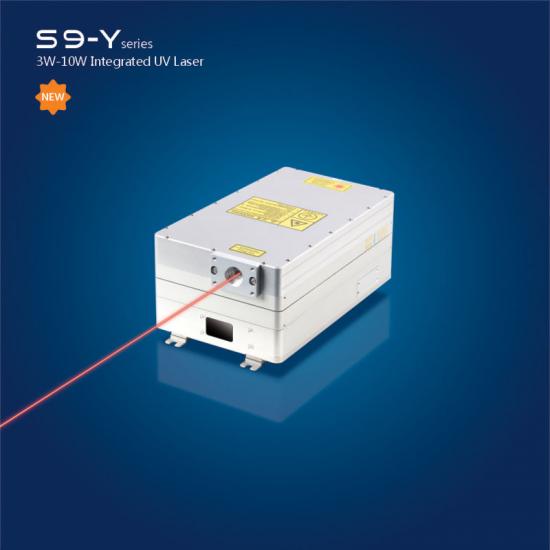Application of Ultra-stable Nanosecond Laser source in various PCB materials
Jun 28 , 2022Application of Ultra-stable Nanosecond Laser source in various PCB materials
Ultraviolet lasers are the best choice for various PCB material applications in many industrial fields, from the production of the most basic circuit boards, circuit wiring, to advanced processes such as the production of pocket-sized embedded chips. The difference of this material makes UV lasers the best choice for the application of various PCB materials in many industrial fields. Today, this article will briefly introduce the application process of UV lasers in various PCB materials. If you want to know more about it, let's take a look with this editor!
1: Surface etching/circuit production
Ultraviolet lasers work quickly in the production of circuits, etching surface patterns onto circuit boards in minutes. This makes UV lasers the fastest way to produce PCB samples. The R&D department has noticed that more and more sample laboratories are being equipped with in-house UV laser systems.
Depending on optical instrument characterization, the size of the UV laser beam can reach 10-20 μm to produce flexible circuit traces. The application in Figure 2 shows the greatest advantage of UV light in producing circuit traces that are so tiny they need to be seen under a microscope.

uv laser | green laser | Ultraviolet lasers | uv dpss laser | nanosecond laser | UV laser source | Solid State Lasers
The board measures 0.75" x 0.5" and consists of a sintered ceramic substrate and tungsten/nickel/copper/surface. The laser is capable of producing circuit traces of 2 mils with 1 mil pitch, resulting in an overall pitch of only 3 mils.
While using a laser beam to produce circuits is the fastest method for PCB samples, large-scale surface etching applications are best left to chemical processes.
2: Disassembly of the PCB
UV laser cutting is the best choice for large or small production, and it is also a good choice for PCB disassembly, especially when it needs to be applied to flexible or rigid-flex circuit boards. Disassembly is the removal of a single circuit board from a panel, which can be challenging given the ever-increasing flexibility of materials.
Mechanical disassembly methods such as V-groove cutting and automatic circuit board cutting can easily damage sensitive and thin substrates, causing trouble for electronic manufacturing services (EMS) companies when disassembling flexible and rigid-flex circuit boards.
Ultraviolet laser cutting can not only eliminate the impact of mechanical stress during the disassembly process such as edge processing, deformation and damage to circuit components, but also has less thermal stress than other lasers such as CO2 laser cutting.
The reduction in "cut bumpers" saves space, which means components can be placed closer to the edge of the trace, allowing more traces to fit on each board, maximizing efficiency and reaching the maximum limits of flexible circuit applications .